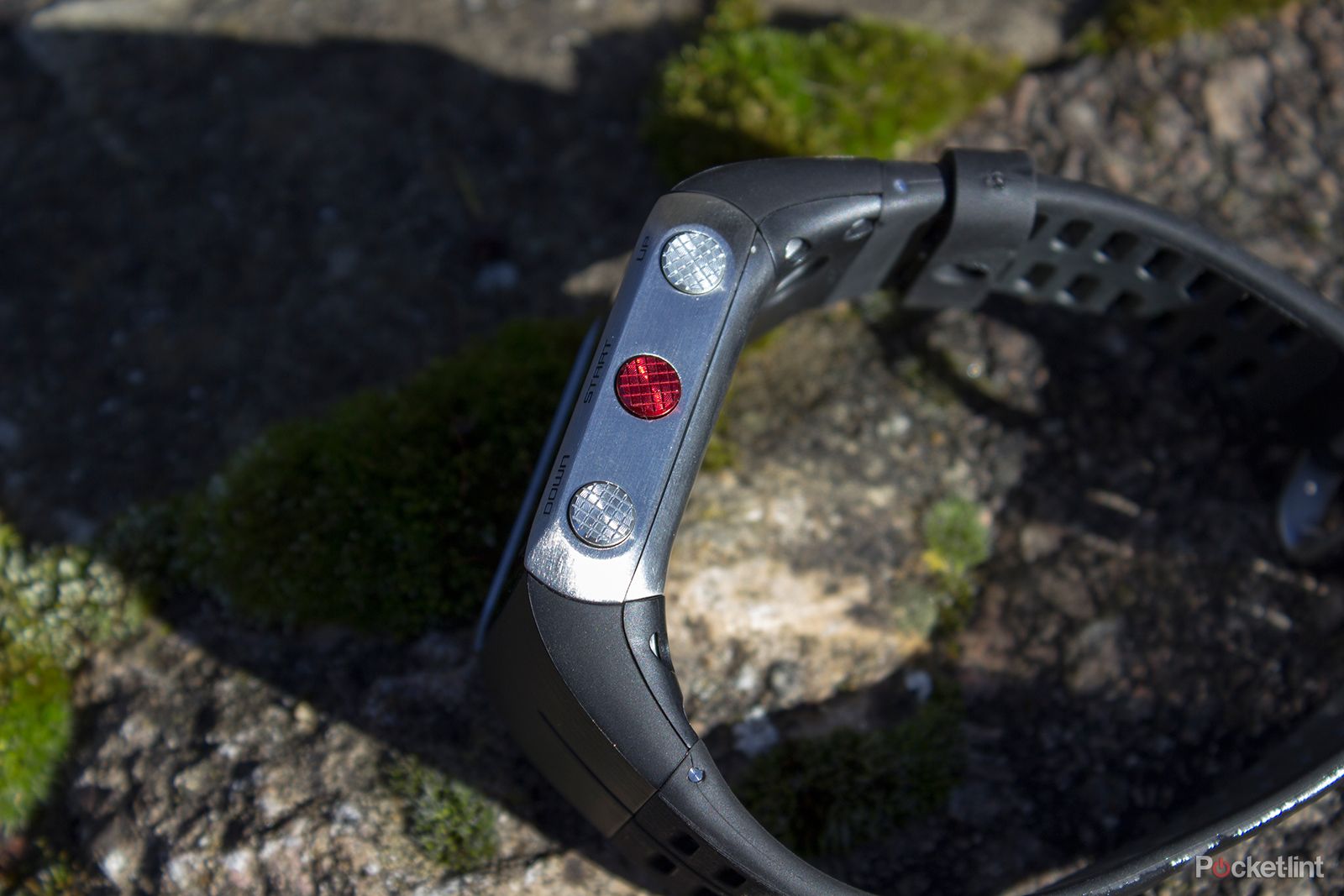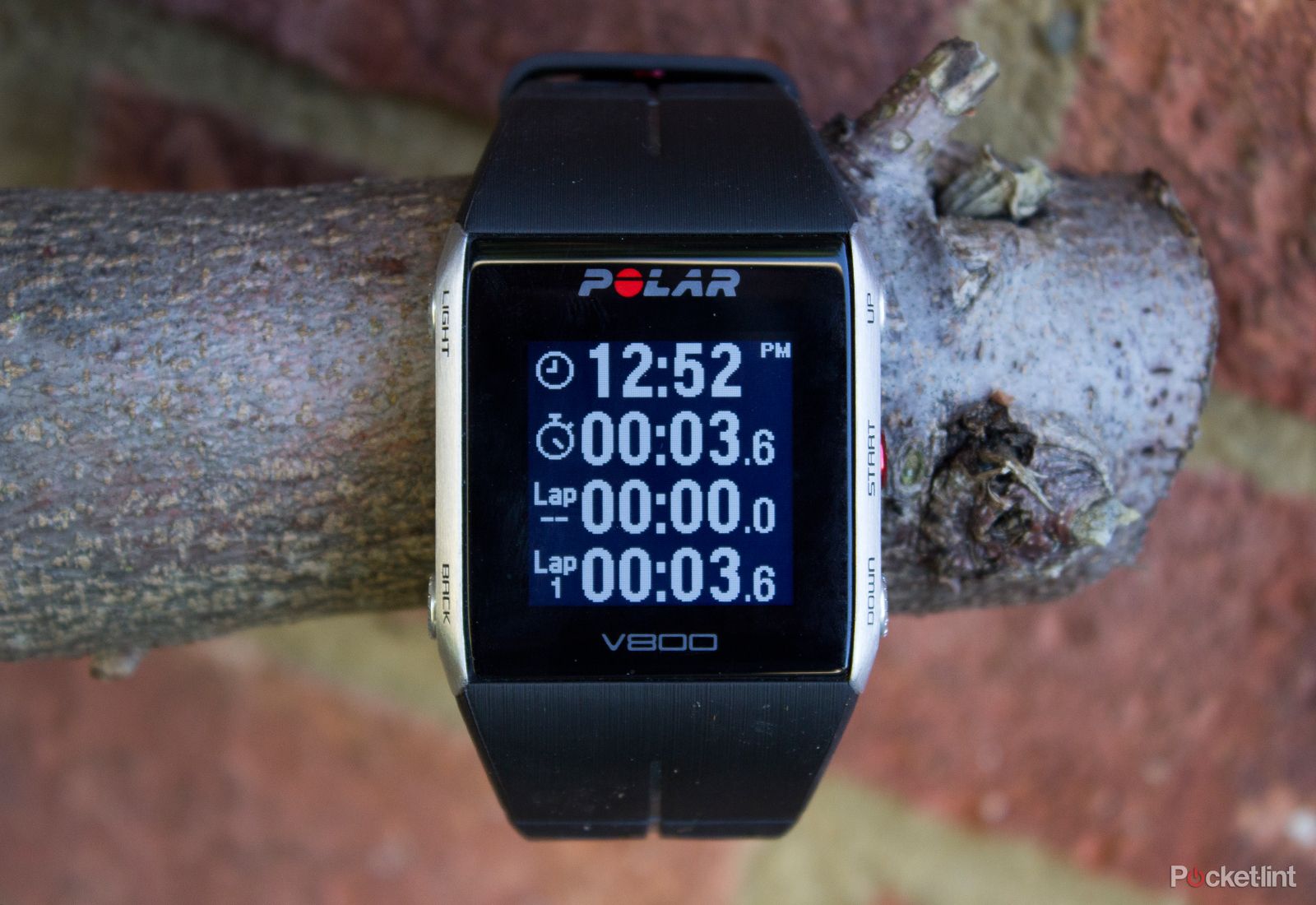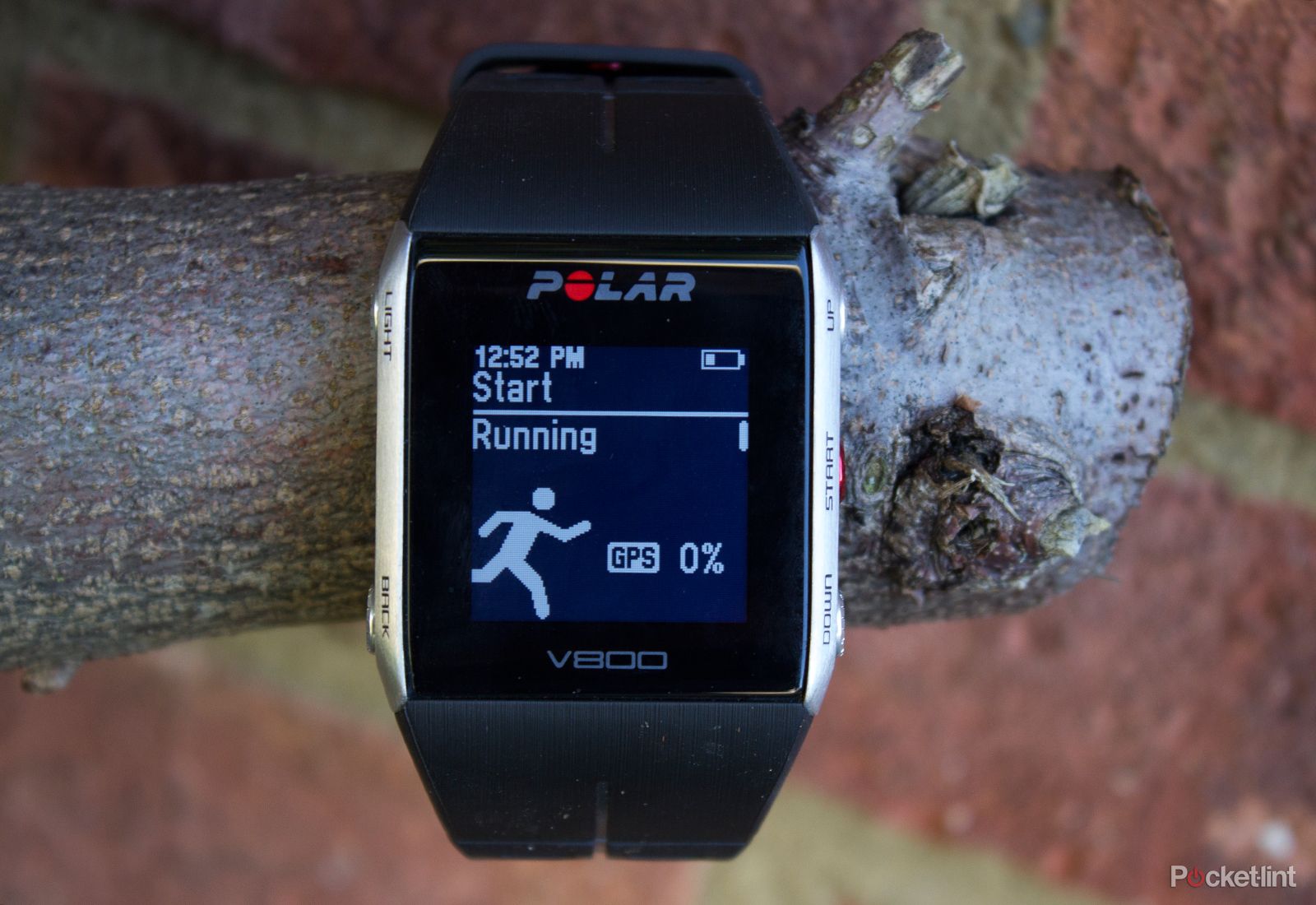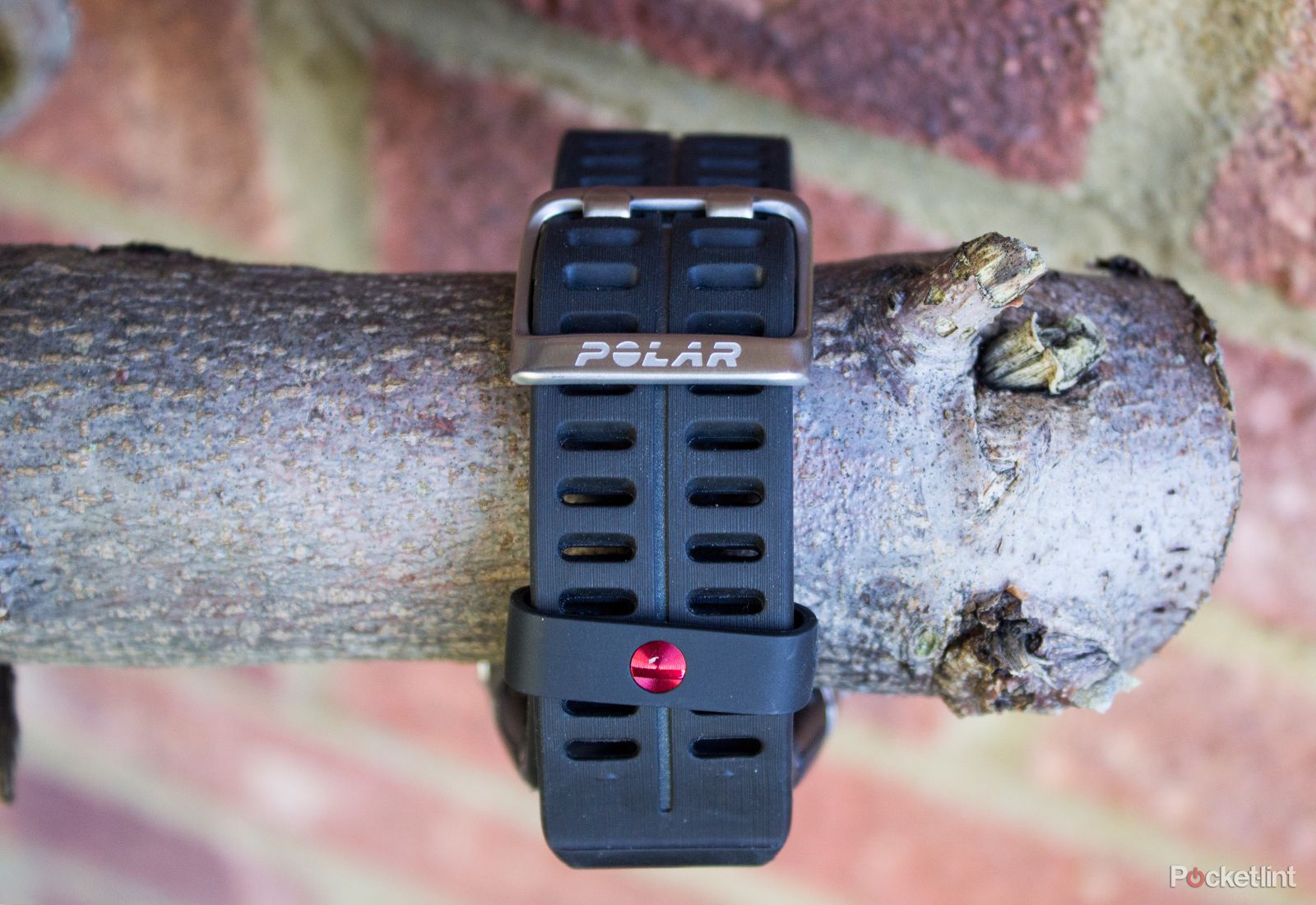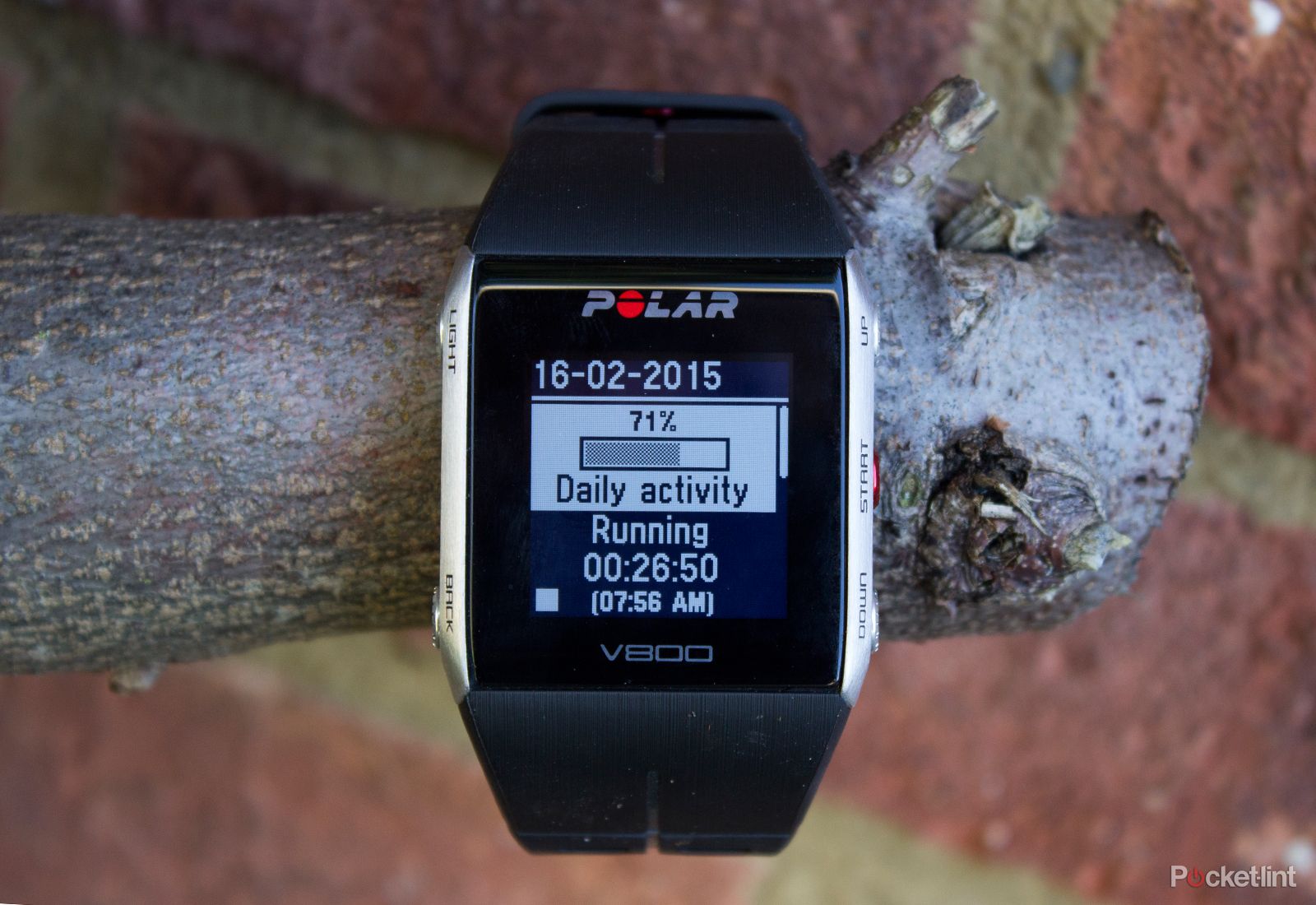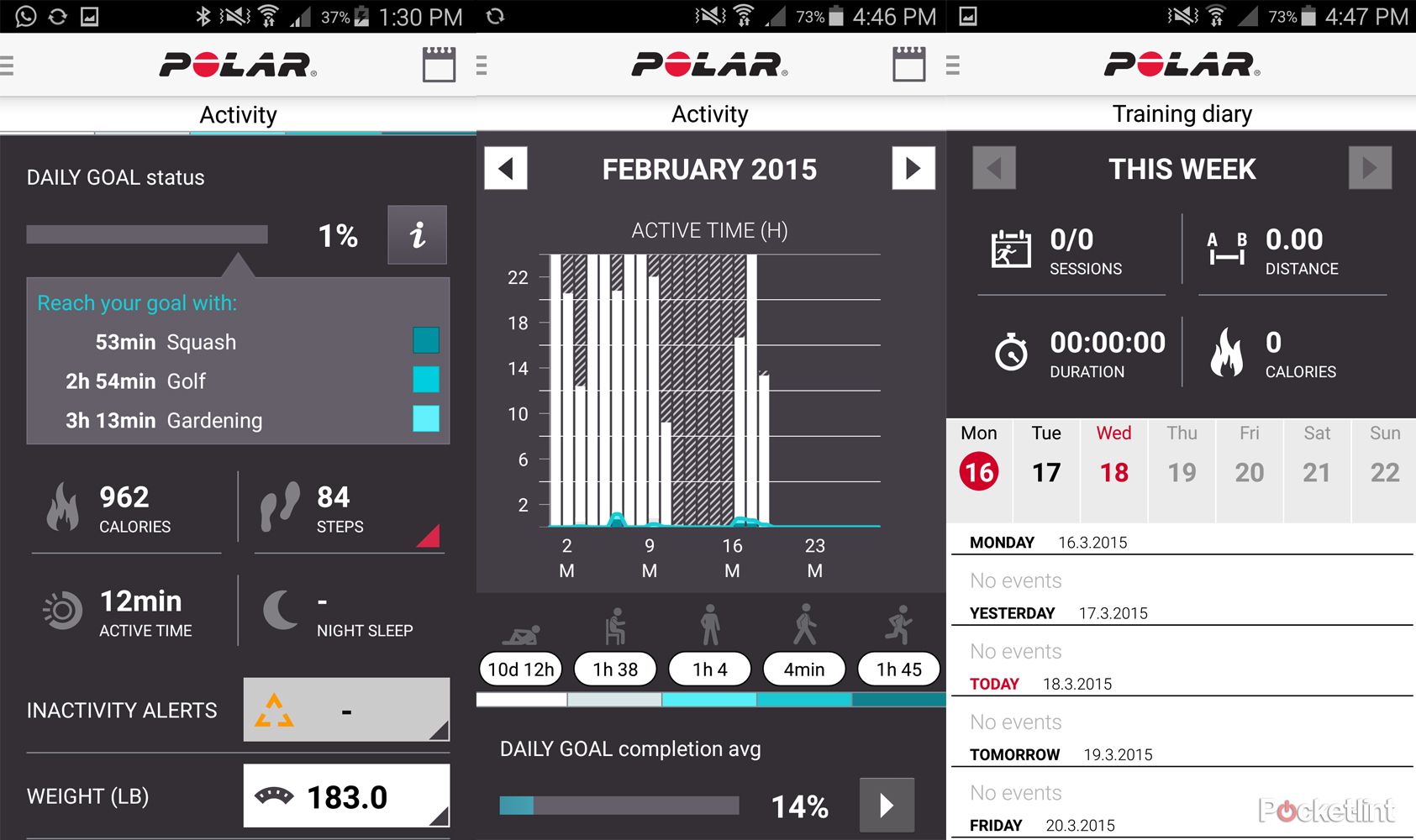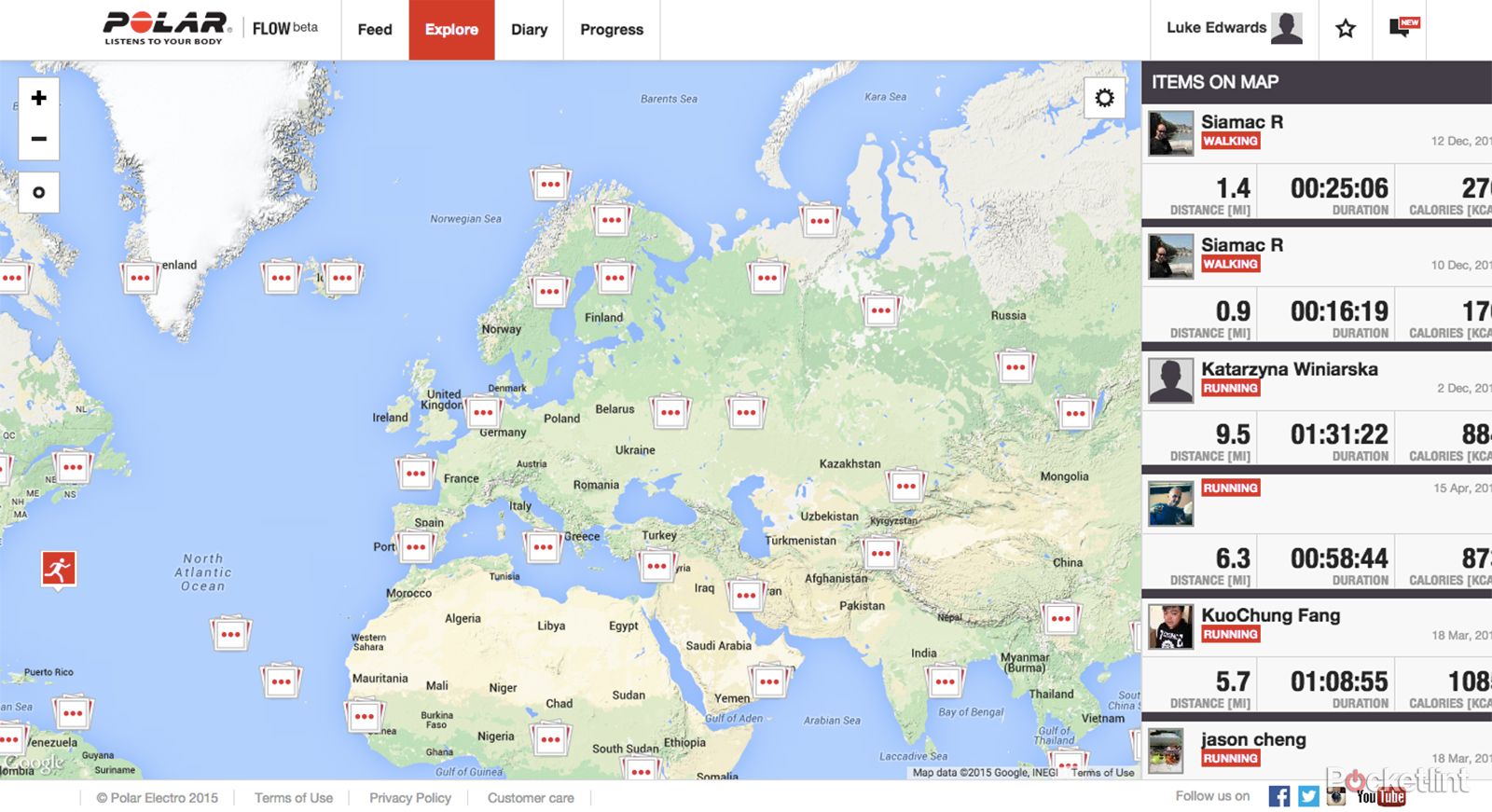Polar has been scaling down the physical size and improving the look of its GPS fitness watches throughout the last few product cycles. The latest V800 has competitor Garmin clearly fixed in its sights, with running, cycling, and swimming activities paired with built-in GPS and heart-rate monitoring compatibility (via a chest strap).
Our quick take
At a time when sports watches are under threat from smartwatches and activity trackers, companies like Polar need to adapt fast. The V800 offers a robust feature set, is an accomplished GPS tracker with an impressive battery life and large display, but has some quirks which hold it back from greater success.
While the V800 is eventually simple to use, it requires plenty of preparation via software rather than via the watch interface itself, which feels unnecessarily complicated. The menus should be improved, synching across platforms could work better, and exporting data from the software to third-party platforms should also be an option.
The Polar V800 is a great running companion for track and road runners and we like the ability to toggle between cycling and swimming activities for triathletes. With competitors like Garmin offering everything the V800 does and even more, at a lower price, it's tough to recommend the Polar to anyone other than runners or those who appreciate its looks and large screen.
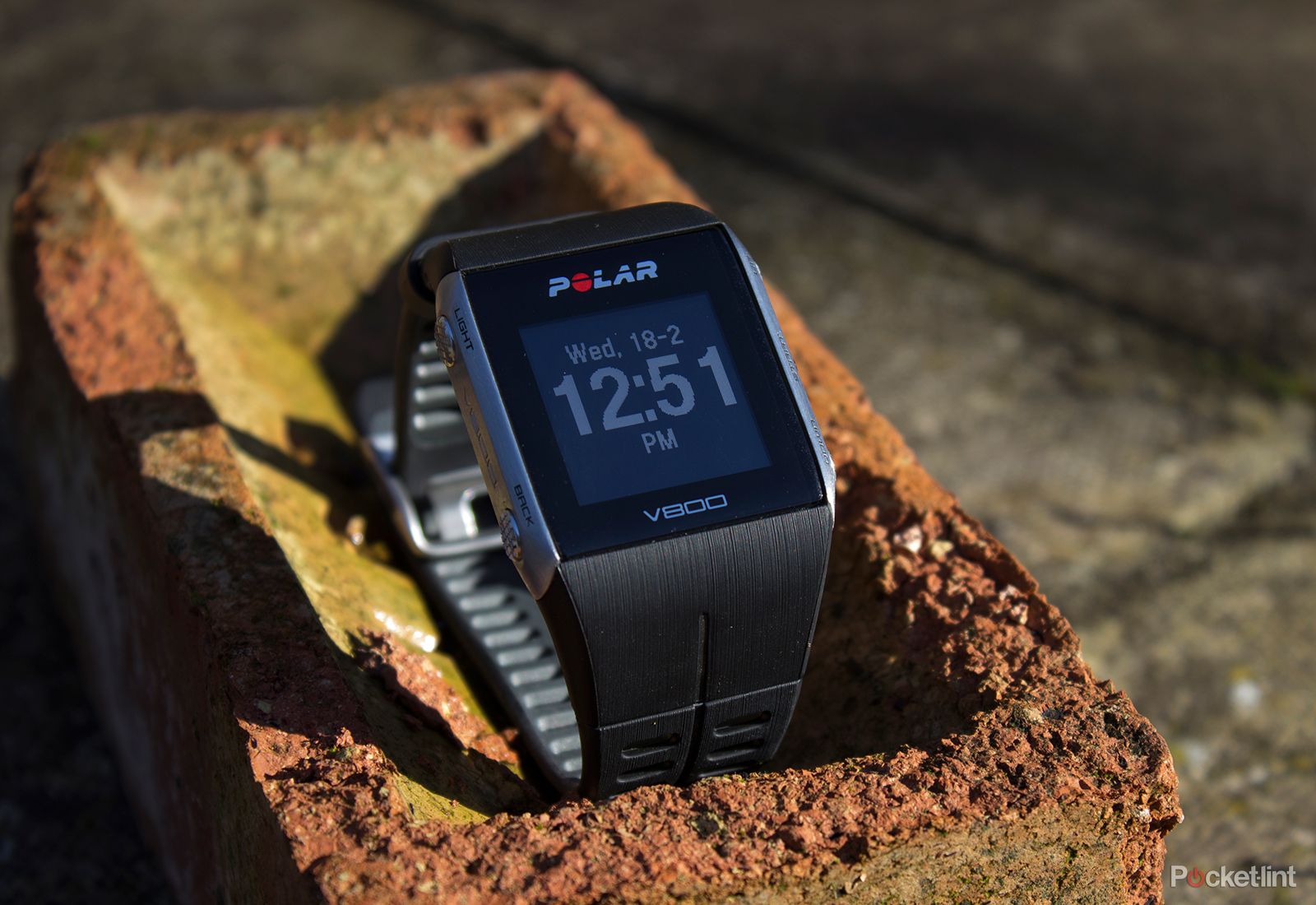
Polar V800 - 3.5 / 5
| FOR | AGAINST |
|---|---|
|
|
Based on specification alone the Polar looks to be on the up. But with modern smartphones and activity trackers aplenty available, has Polar managed to update this leading line enough to be competitive? We've been training with the Polar V800 over the last few months to find out.
- Best GPS running watch: The best sports watches to buy today
- The best fitness trackers 2018: Top activity bands to buy today
Design and build
The build quality of the V800 is hard to fault. It features metal buttons, a scratch-resistant glass screen and comfortable rubberised strap that feels spot-on for a sports watch. That said, the long face of the watch might not be attractive to everyone – although it does offer a big readout that's easy to see during an activity.
The V800 is slim enough to be worn all day and can slip under a sleeve if needed. It's approaching subtle enough to pass for a normal digital watch, with only the red Start button to the side sticking out from the other silver-colour ones. They're all textured so easy to use with bare or gloved fingers.
The watch comes pre-loaded with different metric screens like heart rate, laps or distance and pace. But we're fairly stunned that there's no option to modify readout screens right there on the watch. The same applies to the home screen which displays time, date, and your name (for whatever reason), but requires a physical tap for activity data to be displayed.
To view things like heart rate, distance or pace on screen as you want them you'll need to setup your own data pages via the included Polar software (more details on that later). To setup data pages you'll need to spend a bit of time deciding what you want to see when out on an activity. While this is tedious initially it makes for a more personalised visual readout that's invaluable when training.
On a run
Before heading out on a session you'll need to acquire a GPS signal for tracking to be active. Connecting to GPS satellites varies by length of time, but on our first attempt it took under a minute. The V800 then learns its position in the world and where the nearest satellites are likely to be, so if you start an activity from that location again it can acquire the signal faster, resulting in our pick-up time reduced to about 30-seconds after longer use.
Polar has built GPS into the V800 but has opted for a separate chest strap heart-rate monitor (included in the £399 HR package, absent in the watch-only £349 package). There's no built-in optical heart-rate monitor to be found here, which is an increasingly common feature in devices, such as the TomTom Multi-Sport Cardio. There might be an argument for improved battery life potential, but given communication has to occur between the chest strap and the device via Bluetooth we can't see it being of a huge impact.
The heart-rate sensor strap can be used to train in certain zones for specific desired results. For example, if you want to burn fat you can set the watch to assist keeping you in that zone: a chirp and vibration will alert you when you've slipped outside the desired zone, allowing you to work harder or step off the gas to stay within that limit. While this is great you can't set goals for things like pace or cadence, it's restricted to time and distance only.
If you want yet more information Polar also sells its Stride sensor (£59), which can be attached to running shoes. Speed and distance are a given from the watch, but this sensor accessory will also monitor cadence (i.e. footfall) to let you know how much work your legs are doing over a given distance. Ideal for improving technique to save energy and increase output.
Triathletes: Cycle and swim
For cycling, other than strapping the V800 around a bike's handlebars, there isn't a specific attachment included. Wearing the device on a wrist makes it tricky to read data without taking one hand off the handlebars, and as there's no optical heart-rate sensor there's no reason to do this. The watch doesn't have full mapping but there is a navigation mode where it will direct you using a screen arrow and distance measure.
The V800 comes with a built-in altimeter, useful for those who like a hill climb, while Bluetooth cadence and speed sensor compatibility (not included; £59 for both; £39 for cadence sensor only) makes for a fully-featured setup. For indoor training GPS is unlikely to work well, so you would benefit from creating a mode with GPS turned off and those sensors linked up.
While Garmin offers its Vector technology to gauge power at the pedals, Polar offers Look Keo Power Bluetooth pedals to compete. We've not used these, and given their £1,439 price tag doubt that many people - except for the ultra-serious - will ever get to dabble in such technology. The Keo setup sounds a lot pricier than the Garmin Vector equivalent, but shop around and the price point should be nearer to £1,100.
As the V800 is waterproof to 30-metres, it's also kitted out for swimming. Within this mode it's possible to measure time, heart rate, distance and analyse strokes in the pool using the SWOLF score. Earlier firmware versions of the V800 didn't offer such detailed metrics in this department, so you may require a software update to get the most out of it.
There is also multi-sport mode for triathletes that allows multiple sport recordings to be linked together for easy recording while training. A simple tap of the button that would normally pause activity will toggle over to the next workout activity.
Battery life
Longevity per charge is a key feature in any fitness device, and the V800 performs well in this department. We went on five runs of at least 45 minutes each, used the watch daily for activity tracking, and uploaded plenty of data over Bluetooth via the associated app. Even after this there was still nearly a quarter battery shown on the screen meter.
According to Polar the V800 can offer "up to 13 hours training time, 50 hours in GPS low-power mode, 30 days in time mode with daily activity monitoring". Our real-world use found that easily on par with those expectations, and on par with the likes of the Garmin Forerunner 920XT.
In short the battery shouldn't be an issue for most runners, cyclists and even triathletes. While transitional training will take longer, and therefore chew through more juice and mean more charges necessary, the Polar V800 will keep the majority of users from having to recharge too often. It's a lot better than an Android Wear smartwatch.
Polar Flow software
While the Polar V800 watch face may be limited its accompanying Polar Flow app and browser software certainly isn't. The app connects easily, via Bluetooth, to iPhone or Android phones. Whenever you want to sync a simple press and hold of the back button does the trick – plus data transfer is rapid.
The Polar Flow app not only lays out your sports training but also displays your daily activity, from steps right through to sleep quality. To be honest wearing the V800 to bed feels too large and cumbersome, but the app supports Polar's other wearables, so it's good to have it available in the wider context.
There are plenty of training options too. You can create a workout with sections - like sprint, rest, cadence goals - and then repeat them for an interval workout. This repetition option makes it nice and easy to setup, while adding workouts to favourites for quick access is equally simple. Another helpful offering is Race Pace Target where you enter the distance and time you want and it will automatically assist in keeping you at the correct pace.
Pairing is pretty simple with data sent from the watch to phone, or via a USB cable to computer and then to Polar Flow. However, there isn't any option to do so over Wi-Fi directly like some of the competition offers. There's also no built-in option to export data over to other apps, so you're tied to Polar and its community of global users (unless exporting GPX data manually then uploading the file to a third-party manually, if you can be bothered).
While the Garmin ForeRunner 920XT has embraced app notifications to make keeping in contact while training easier - a smart survival move given how smartwatches are making an assault on GPS watches - the Polar V800 has now been updated to do the same.
To recap
A capable GPS and heart rate watch that could have better software and a more open platform. Battery life is excellent and for running it's well developed but for the price it needs to offer more.

